Telltale Signs of Groundhogs in Your Yard
Spotting groundhog poop in your yard is often the first sign of their presence and potentially a larger problem. This guide will cover everything you need to know about identifying those droppings and mitigating the risks they pose.
What Does Groundhog Poop Look Like?
Groundhog droppings resemble oversized rabbit pellets, approximately half an inch to three-quarters of an inch in diameter. These dark brown, oval-shaped pellets may also have a slight sheen due to the groundhog’s primarily herbivorous diet.
Why Should I Be Concerned About Groundhog Droppings?
While seemingly harmless, groundhog droppings can pose several risks to both humans and pets.
Health Risks:
- Tularemia: This bacterial infection can spread through direct contact with groundhog droppings or contaminated soil and water. Symptoms include fever, chills, swollen lymph nodes, and skin ulcers.
- Parasites and Pathogens: Groundhog scat can harbor various parasites and pathogens that can be harmful to both humans and animals.
Property Damage and Nuisances:
- Landscaping Destruction: Groundhogs are voracious herbivores with a penchant for gardens, lawns, and landscaping.
- Infestation Alert: Droppings are a clear indication of groundhogs in the vicinity, which could signify an infestation.
- Pest Magnet: The presence of groundhog droppings can attract flies, rodents, and even larger predators to your property.
How Do I Deal With Groundhog Poop?
Safe Removal and Disinfection:
- Gear Up: Wear gloves and a mask to minimize the risk of contamination.
- Scoop It Up: Carefully collect the droppings using a shovel.
- Bag It and Trash It: Dispose of collected droppings in sealed bags, placing them directly into the trash.
- Clean and Disinfect: Thoroughly clean and disinfect any affected areas with a bleach and water solution.
Effective Prevention Strategies:
- Deterrents: Consider installing fences, using repellents, and modifying potential groundhog habitats to make your yard less inviting.
Professional Help:
Contact a pest control professional for assistance if you suspect a groundhog infestation or are uncomfortable handling the situation yourself.
Why Do Groundhogs Grind Their Teeth? Unveiling the Mystery
While groundhogs are notorious for their gnawing habits, their teeth-grinding behavior often raises questions. This seemingly odd behavior is essential for their survival and may also serve other purposes.
The Ever-Growing Incisors: A Biological Imperative
Groundhogs belong to the rodent family, characterized by continuously growing incisors. These incisors can grow up to 1/16th of an inch per week. Without regular wear and tear, their teeth could grow out of control, leading to misalignment and difficulty eating.
“A groundhog’s incisors can grow one-sixteenth of an inch each week…When not properly aligned, the teeth aren’t able to be ground down, which can be deadly for the animal.” – Source: Five things to know about groundhogs, an animal for all seasons (reconnectwithnature.org)
Teeth Grinding: Ensuring Dental Health and Survival
Teeth grinding is a groundhog’s way of maintaining their ever-growing incisors. This constant grinding keeps their teeth at a manageable length, enabling them to eat and dig efficiently. Misaligned teeth can be a death sentence for a groundhog, as they rely heavily on their chompers for survival.
Beyond Dental Maintenance: Exploring Other Possibilities
While teeth grinding is primarily associated with dental health, some experts believe it may serve other functions:
- Stress or Anxiety: Similar to humans, groundhogs might grind their teeth when stressed or anxious.
- Pain or Discomfort: Dental issues like abscesses or infections could contribute to teeth grinding.
- Communication: Although not fully understood, teeth grinding may play a role in communication among groundhogs.
Differentiating Teeth Grinding from Biting
It’s important to distinguish between teeth grinding, a primarily non-aggressive behavior, and biting, a defense mechanism. Groundhogs typically bite only when they feel threatened or need to protect themselves or their young.
“Groundhogs mainly only bite whenever they feel they are in danger and need to protect themselves or their babies.” – Source: The Groundhog’s Teeth and Bite (Some Sharp Questions) (animanswers.com)
Is a Groundhog a Dog? Decoding the Confusion
While both groundhogs and dogs might share a penchant for digging, the similarities end there. These two creatures belong to entirely different branches of the animal kingdom.
Groundhog vs. Dog: Understanding the Key Differences
Groundhogs, also known as woodchucks, are rodents, closely related to squirrels and beavers. Conversely, dogs are domesticated carnivores with a long history of companionship with humans.
Here’s a closer look at their distinct characteristics:
| Feature | Groundhog | Dog |
|---|---|---|
| Classification | Rodent | Domesticated Carnivore |
| Diet | Herbivorous | Omnivorous |
| Social Structure | Solitary/Small Groups | Packs/Social Groups |
| Habitat | Burrows, Fields | Varies Widely |
| Relationship to Humans | Often Considered Pests | Companions, Working Animals |
Groundhog Poop: A Distinctive Calling Card
Identifying groundhog droppings can be crucial in differentiating their presence from other animals, including dogs.
- Appearance: Groundhog poop consists of cylindrical pellets, often greenish-brown in color. The size and color can vary depending on their diet.
- Location: Unlike dogs, groundhogs often designate specific “latrine” areas near their burrow entrances.
- Importance: Identifying droppings confirms groundhog presence and provides clues about their diet and activity levels.
Understanding these differences is crucial for addressing any potential issues these creatures might pose to your yard or garden.
Unlocking the Secrets of Groundhog Scent: More Than Meets the Nose
Groundhogs, like many animals, rely heavily on their sense of smell for various purposes, from marking territory to communicating with each other. This section delves into the often-overlooked world of groundhog scent.
Decoding the Musky Aroma
Groundhogs possess a distinct musky odor, often described as a blend of wet fur, ammonia, and a strong, earthy body odor. This unique scent stems from a combination of factors:
- Diet: Their herbivorous diet, rich in grasses, clover, and other plants, contributes to their overall scent.
- Habitat: Living in underground burrows can lead to a build-up of odors from waste and decomposing food.
- Musk Glands: Like many animals, groundhogs have musk glands that secrete scents used for communication.
Groundhog Droppings: Amplifying the Scent
While a groundhog itself might not have an overpowering smell, their burrows and droppings can emit a much stronger, more noticeable odor. This is due to the concentrated presence of urine, feces, and decomposing food scraps in these areas.
The Language of Scent: Communication and Territory
Groundhogs use scent as a primary means of communication. Their droppings, urine, and musk gland secretions all carry specific scents that convey messages to other groundhogs.
- Territory Marking: Droppings strategically placed near burrow entrances serve as scent markers, signaling their presence and claiming territory.
- Social Cues: Scents can also convey information about a groundhog’s sex, age, and reproductive status.
Exploiting Scent: Natural Deterrents for Unwanted Guests
Groundhogs have a sensitive sense of smell, and certain strong scents can deter them from areas where their presence is unwelcome.
Here are a few natural deterrents that might send groundhogs packing:
- Ammonia: Soaked rags or cotton balls placed near burrow entrances can be effective.
- Talcum Powder: Sprinkling around the garden perimeter can create a scent barrier.
- Green Pepper Leaves: The pungent odor of crushed green pepper leaves can repel groundhogs.
Beyond the Basics: Delving Deeper into Groundhog Scent
While we’ve covered the basics of groundhog scent, ongoing research continues to uncover the complexities of their olfactory world. Future studies might reveal even more fascinating insights into how groundhogs use scent to navigate their environment and communicate with each other.
Ready to explore more about the fascinating wildlife of Honduras? Dive into the vibrant underwater world of the Guanaca Islands or discover the awe-inspiring roar of the howler monkey.
- Unveiling Bernhard Caesar Einstein’s Scientific Achievements: A Legacy in Engineering - July 15, 2025
- Uncover who is Jerry McSorley: CEO, Family Man, Business Success Story - July 15, 2025
- Discover Bernhard Caesar Einstein’s Scientific Contributions: Unveiling a Legacy Beyond Einstein - July 15, 2025
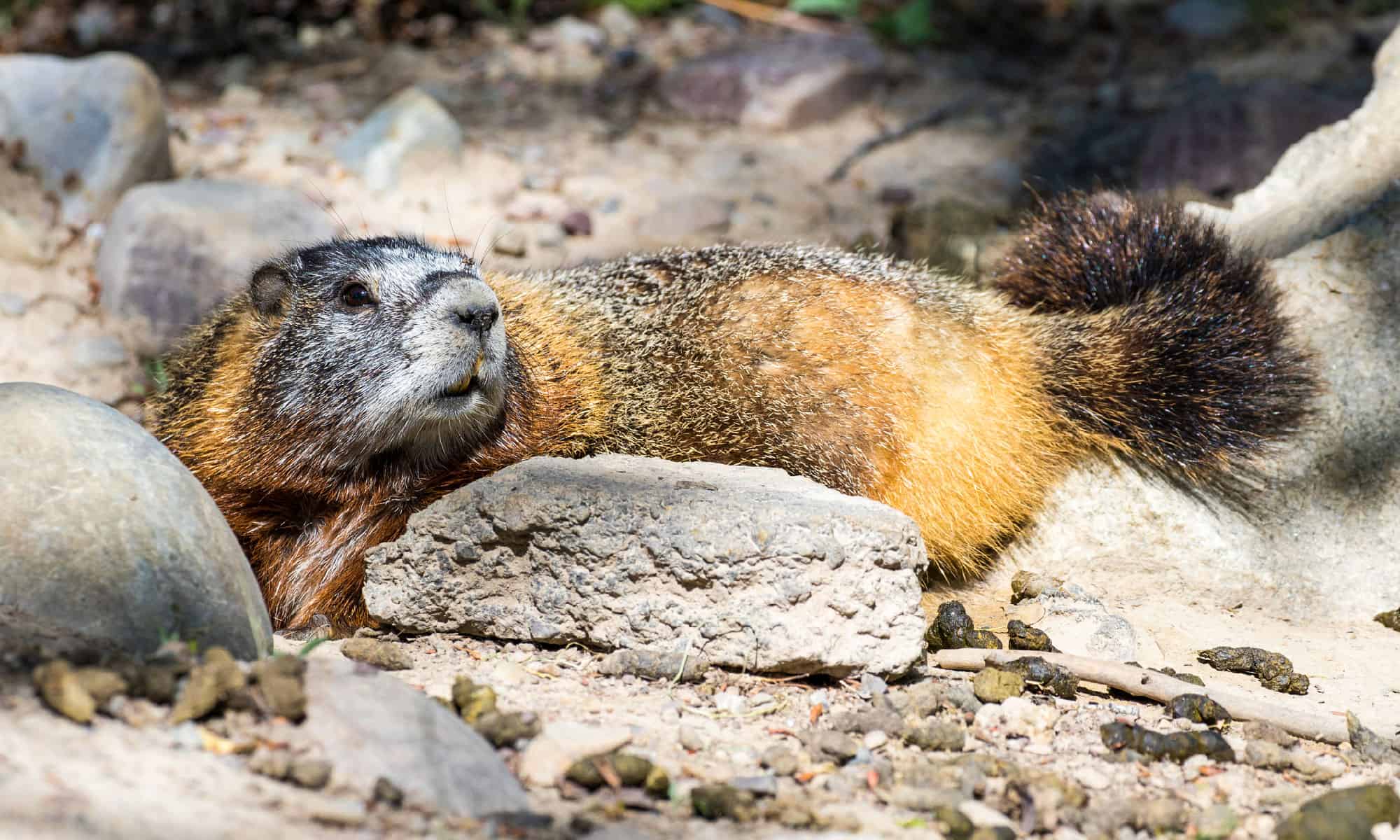


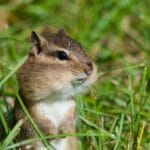
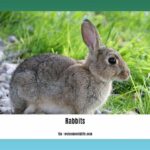
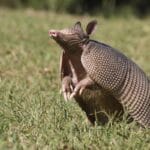
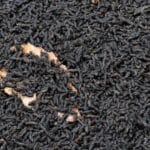









1 thought on “Here is a title that aligns with the provided context, incorporates the target keyword, and aims for a natural and engaging flow: Groundhog Poop in Your Yard: What It Looks Like, the Risks, and How to Deal With It”
Comments are closed.